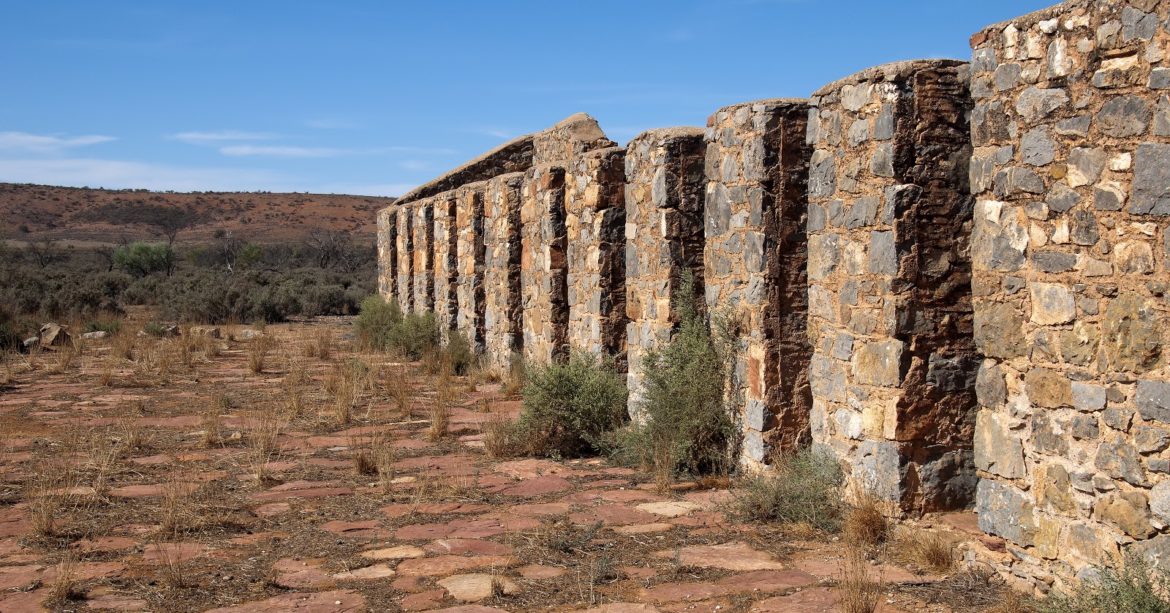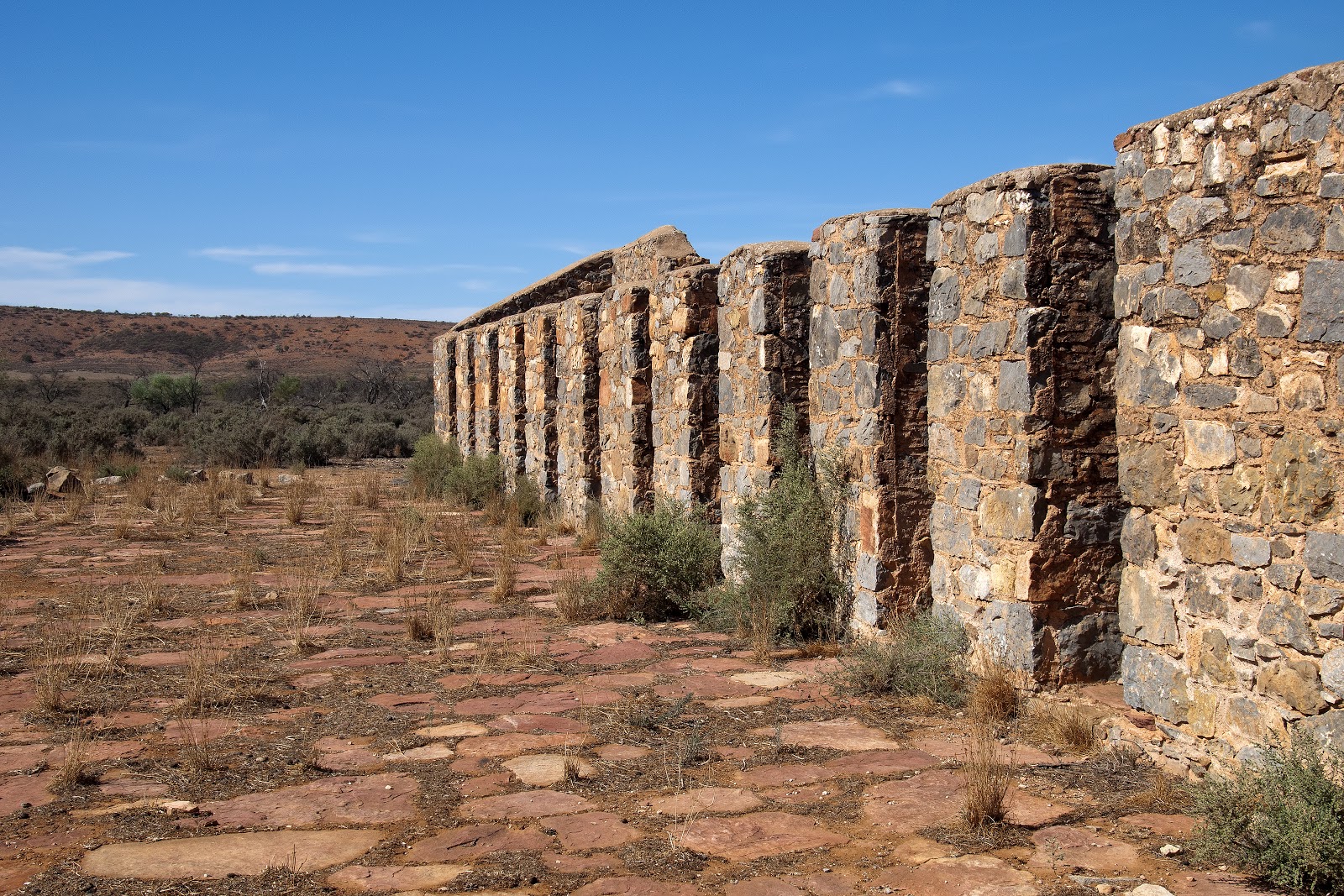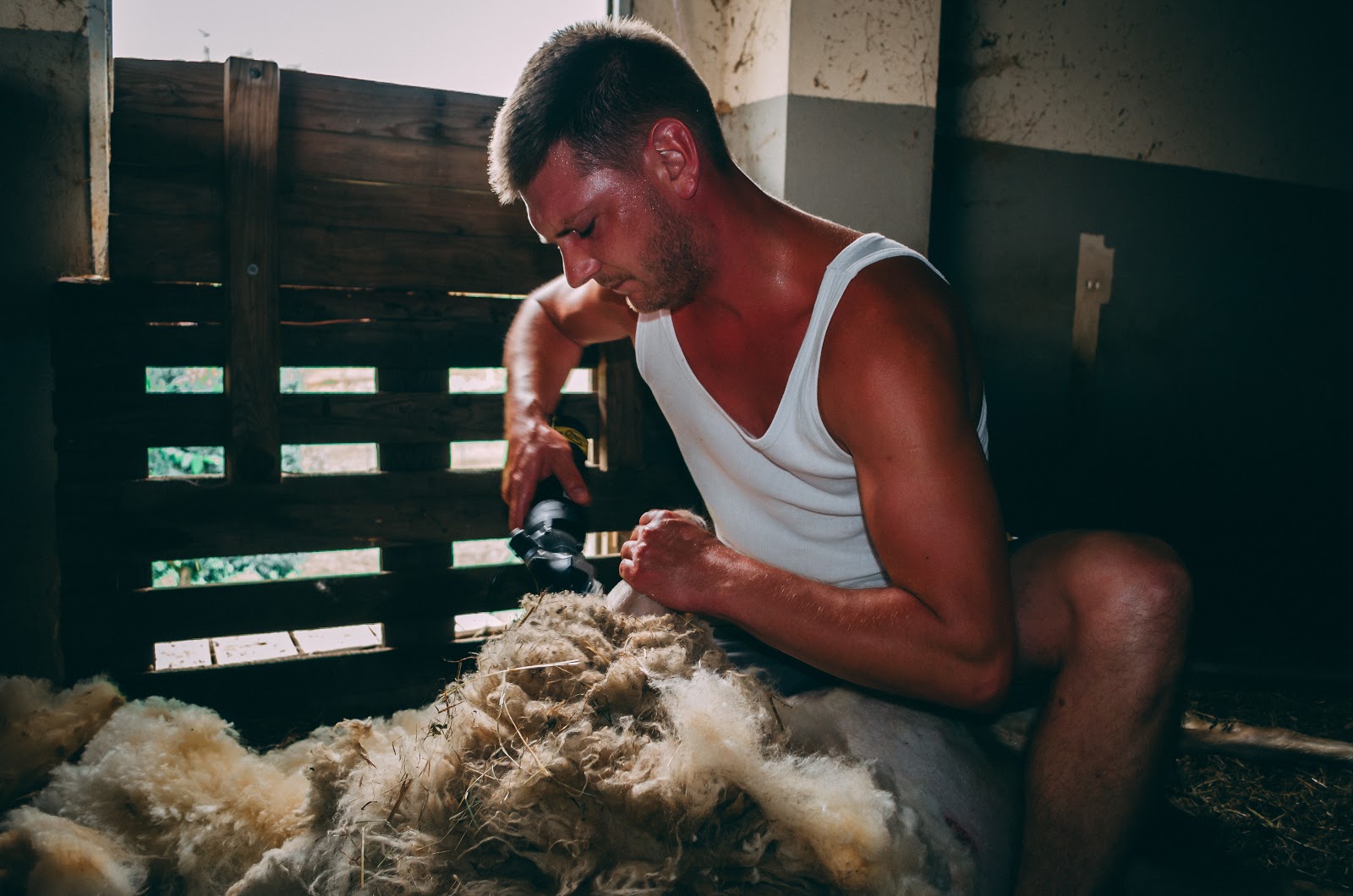The History of Shearing Sheds in Australia
The wool industry in Australia is currently starting to grow again, after years of decline. This has led to the development of modern shearing sheds that promote healthy and safe working. This increased focus on the industry has brought its history back into the spotlight including the story of traditional sheds.
These historic shearing sheds in Australia have been at the centre of the community since the 19th century. They buzzed with activity until the industry’s peak, in the 1950s. Since then some sheds have been abandoned, but some evidence of the early structures remains. When were these buildings first created and how do they compare to the shearing sheds of today?
Key points
- The first sheep were brought to Australia with the first fleet, in 1788
- Shearers earned 17 to 20 shillings per day in these early days of the wool industry
- James Higham, from Melbourne, created a sheep shearing machine in 1868
- some early sheds were made from local rock and stone
Need a Quote?
RECOMMENDED ARTICLE
The Great Grain Shed Revival? – Entegra Signature Structures
The start of shearing in Australia
The first sheep were brought to Australia with the first fleet, in 1788. It did not take long for large flocks to be created and there were more than 100 million sheep in the country by the end of the century. It was at this time that the history of Australian shearing sheds began.
These were the properties where professional shearers worked as they travelled the country. They would earn around 17 to 20 shillings per day in these early days of the wool industry.
 RECOMMENDED ARTICLE
RECOMMENDED ARTICLE
The beginning of mechanisation
Mechanisation first took hold in the world of shearing in Australia late in the 19th century when Frederick Wolsey’s mechanical shears were first used in the country. They were not the first mechanical invention in shearing. James Higham, from Melbourne, created a sheep shearing machine in 1868 but it was Wolseley’s creation that truly began the mechanical revolution.
The revolution continued and by 1915 most sheep shearing sheds in Australia contained sheep shearing machines. The original machines were powered by steam and later combustion engines were used.
In these early days of shearing, the wool industry was at the centre of the development of the trade union movement in the country. Over the years, members of the union have protested about the machinery and gadgets used in shearing sheds including the original mechanical shears and, more recently, the wide-toothed comb. Despite the protests, mechanisation has played an important role in the development of traditional shearing premises.
Traditional Australian shearing sheds
One of the early shearing sheds in Australia is shown in the famous painting “Shearing the Rams”, by Tom Roberts. The work was created in 1890 during the 100 years from 1850 to 1950 when the revenue made from wool in Australia was at its peak.
Roberts returned to this same shed several times. It serviced the “Brocklesby” sheep station in New South Wales and was made from corrugated iron and timber. This was the case for many sheds that were used for shearing at that time.
One of these sheds was at Tinnenburra Station which was located near to Cunnamulla in Queensland. In 1900, it was one of the largest shearing sheds in the country. There were 101 stalls for shearers to use.
In addition to these iron and timber buildings, some early sheds were made from local rock and stone. This included the Cordillo Downs Station Woolshed which was built in approximately 1883 and was spacious enough for 120 shearers to work at once.
Other stations in South Australia were often made from locally sourced materials. An example of this was the Artimore Station Woolshed in the Flinders Ranges. This shed was made from local Callitris Pines and rock from the surrounding area.
Today, Jondaryan Woolshed near Toowoomba in Queensland claims to be the oldest surviving fully operational shed. It provides space for 52 shearers to work.
Modern sheep shearing in Australia
In the modern-day world of sheep shearing in Australia, large flocks of sheep are gathered and treated for parasites before shearing. The shearing is done by professional teams of shearers. Top performers earn good money but all shearers can face certain health problems. These issues include strains, muscle damage and broken bones.
As a result of these problems, many shearers have chosen to leave the industry over the years. As a result, the industry has begun to invest in state-of-the-art shearing sheds like the one at Dubbo in New South Wales. This shed houses the best in ergonomic work areas for shearers.
There have been many changes during the history of woolsheds in Australia. Today, shearers can work in an environment that is safer and more user friendly than their predecessors. This is important in helping to sustain the growth that the wool industry in the country has recently experienced.


 RECOMMENDED ARTICLE
RECOMMENDED ARTICLE
